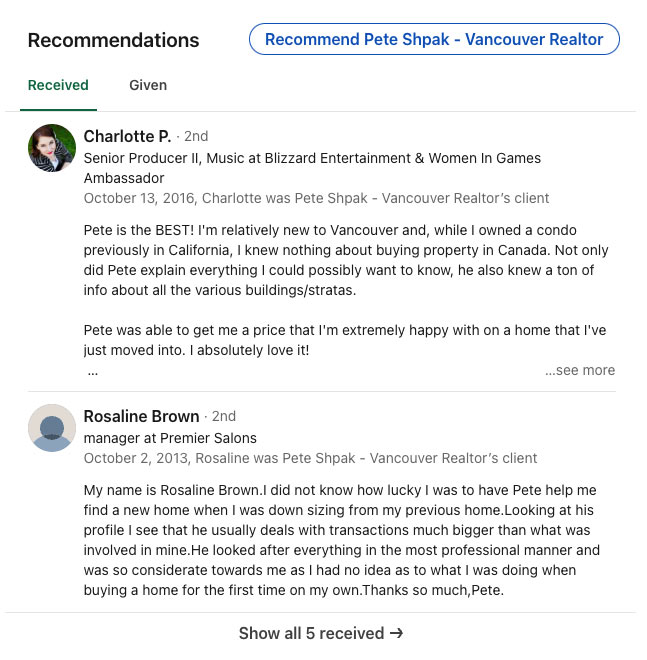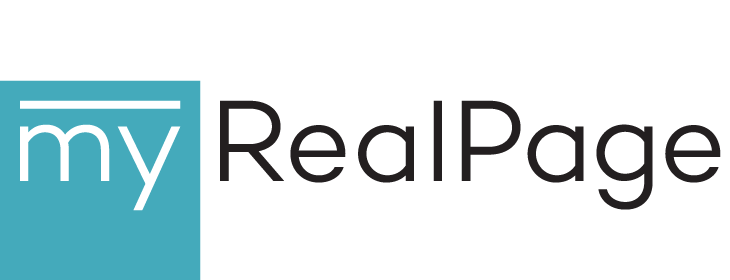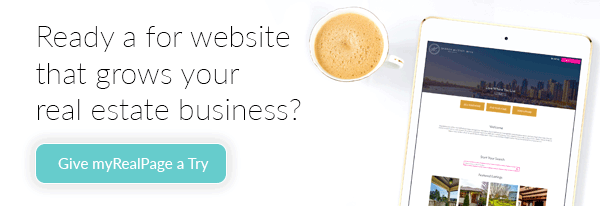How to Generate Real Estate Leads Using LinkedIn

LinkedIn reigns supreme for its networking and job-hunting capabilities, but it doesn’t get much buzz as a lead generator for real estate agents.
Many agents are curious about whether the professional social media network can be used to find potential clients. Is LinkedIn worth it? Should I even bother with a profile?
It may not be as flashy or fun as Instagram with its Reels and TikTok with its dances, but LinkedIn can play a role in your real estate marketing plans. It can be one component within your overall lead generation strategy.
Here’s how to generate real estate leads using LinkedIn.
Optimize Your LinkedIn Profile for Real Estate Leads
It all starts with your profile.
When someone Googles your name, your LinkedIn profile will most likely be one of the top results. So even if you don’t plan to focus on LinkedIn as a lead generator for your real estate business, having a top-notch LinkedIn profile is important.
Your profile needs to be optimized to give viewers:
- A clear sense of your experience
- An understanding of your real estate unique value proposition
- Confidence in your expertise
- A taste of your track record
- Opportunities to dig deeper
 A solid real estate agent LinkedIn profile needs to have:
A solid real estate agent LinkedIn profile needs to have:
- A customized URL. LinkedIn lets you personalize your profile’s URL. Do it! Simply use your full name or your full name followed by “realestate.”
- A great headshot. It can be candid or posed, but either way it needs to be high-resolution (no fuzzy photos), professional-looking (no selfies or party shots) and feature only you (no group shots).
- A branded background photo. The background photo is the horizontal header image behind your profile photo. This area is — pardon the pun — excellent real estate. Upload an image featuring your real estate branding. Keep it simple; a basic wallpaper-style image with “[Your Name] Real Estate” as a text overlay is all you need.
- A strong headline. This is where LinkedIn users put their current role. Most realtors keep it as simple as “Real Estate Agent” but I suggest that you add more detail (making sure to keep it brief and to the point) — for instance, “Your Toronto Condo Real Estate Agent” or “Top Vancouver RE/MAX Real Estate Agent.” It is important to add relevant keywords.
- Your website and contact information. It should be easy for viewers to reach out to you and to navigate to your real estate website from your LinkedIn profile. Make sure this section is filled out and up-to-date.
- A strong summary. This is where you get to sell the sizzle and highlight your unique selling proposition. Resist the temptation to regurgitate your resume. Use this section to zero in on what makes you different and special — make use of your real estate unique selling proposition (USP). You can also include a call-to-action here; for instance, you could end by inviting the reader to visit your website to download your free neighbourhood guides (a lead magnet that gets you their contact info).
- Professional experience. This is like the resume section of your LinkedIn profile. Describe how you help clients, explain your niche if you have one and mention career highlights (such as how many homes you’ve sold to date). Be strategic about what other professional experiences you list here and the details you include about each; if you mention any job that isn’t real estate, be sure to write a description that provides a sense of what value that experience adds to your current role of agent. Skip your university lifeguarding gig; include your pre-real estate career in marketing.
- Awards. Made a top agent list at your brokerage? Won a community builder award from your municipality? Mention those sorts of accolades here.
Recommendations. This section is your chance to include testimonials. Send connection requests to a few recent clients and include a personal note requesting a recommendation.
Keep Your Connection List Public
LinkedIn gives users the option to keep their list of connections private, preventing other users from seeing their LinkedIn network.
Real estate agents should always keep their LinkedIn connection list public. That way, any potential lead with mutual connections will be able to see who you know in common when they come across your profile.
Why does this matter? It establishes trust. Plus, if the person viewing your profile is considering you as their potential real estate agent, they might reach out to your mutual connections to try and learn more about you.
Don't ignore LinkedIn since there is a very good probability that even if leads find you on other social media sites, they will check you out on LinkedIn. It is not surprising that many people and organizations now check your LinkedIn profile to determine your professional standing.
Publish Relevant Content Thoughtfully
Online marketing efforts provide real estate agents with their own platforms for sharing their expertise.
To expand your reach and increase your chances of generating real estate leads using LinkedIn, you need to be utilizing LinkedIn’s options for content creation: publishing posts and/or writing articles.
Like writing real estate blog posts or real estate newsletter content, publishing content on LinkedIn gives you an opportunity for thought leadership. You get to show off what you know, in hopes that by demonstrating your expertise, you’ll nudge someone along the road to becoming your next lead.
What should you write about?
Nearly everyone has some level of curiosity about real estate, especially in today’s dynamic market. This makes it easy to find and share engaging content that appeals to a broad audience—not just other real estate professionals.
Consider sharing local market stats, such as average home prices, inventory levels, or days on market, which are often available through your local real estate board. Additionally, offer practical tips like staging a home for a quick sale, navigating a competitive market, or preparing for changing interest rates. These topics resonate with potential buyers, sellers, and casual followers alike, making them perfect for reposting, sharing, and starting conversations with your LinkedIn network.
A hugely important tip when it comes to publishing content on LinkedIn: don’t forget a call-to-action! You need to seize every opportunity for lead generation. Drive people to your website. Nudge them to sign up for your newsletter, download a freebie, book a call, or search for listings on your site. Invite them to follow you on Instagram or TikTok.
Be an Engaged User
One of the key tips for boosting engagement on Instagram: engage more with other users’ content.
The same applies to LinkedIn. You need to be an active, engaged user if you want a shot at generating real estate leads using LinkedIn.
That looks like:
- Sending invitations to connect
- Reacting to, commenting on and sharing other users’ posts and articles
- Responding to comments on your content
- Joining and participating in local LinkedIn groups
- Sending direct messages (when appropriate)
LinkedIn makes it easy to foster meaningful professional connections by notifying you of milestones like promotions, work anniversaries, and other updates from your network. Reaching out to congratulate connections on their achievements not only strengthens your relationships but also highlights your professionalism and genuine interest in their success.
You can also take a few minutes to write recommendations. Think about what it would mean to one of your connections to get a testimonial from you out of the blue!
Getting in touch with high net worth clientele who can afford their houses is a significant marketing and lead generation challenge for realtors. The realtor that has this kind of clients in their network is usually the one that performs the best.

Talk about Trending Topics
Sharing and posting content is a great starting point, but creating your own articles directly on LinkedIn can significantly boost your visibility and engagement. While linking to your blog is an option, LinkedIn’s algorithm favors native content, giving your posts a better chance to be shared, liked, and commented on.
Interestingly, most LinkedIn users don’t post regularly, which means consistent content creators stand out. Using hashtags effectively can further increase your reach—and yes, they’re still a thing on LinkedIn. Additionally, since notifications are enabled by default for most users, your content is likely to appear in front of hundreds—or even thousands—of professionals who may discover unexpected value in what you’re sharing.
Buy ads and boost your content
If you’re short on time or prefer to skip mastering another social media platform, LinkedIn offers robust paid promotion options to support your lead generation efforts. These include building custom audiences and running sponsored content, messaging ads, or text ads aimed at generating leads, driving website visits, or even recruiting new agents.
Keep in mind, though, that LinkedIn operates as a business-to-business (B2B) platform, which means its advertising costs tend to be higher compared to other social media channels.
A Final Thought
LinkedIn may not be the linchpin of your real estate lead generation strategy but it does have a role to play. Raising awareness of your business, showing off what you know and building relationships are key to growing your list of potential clients — LinkedIn can help you effectively do all three.
Last Updated on November 20, 2024 by myRealPage


